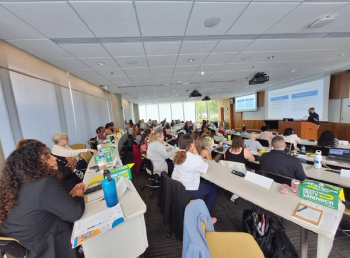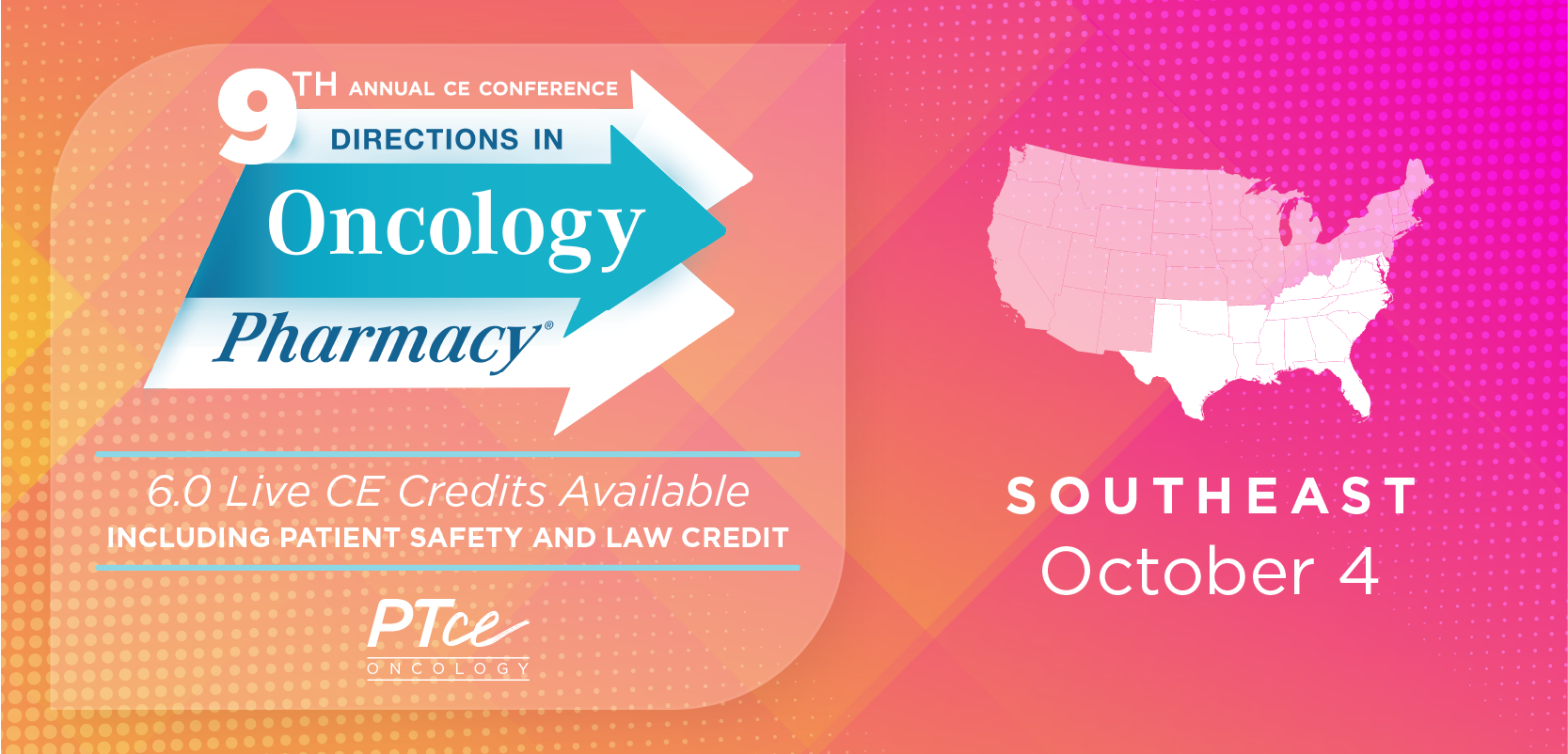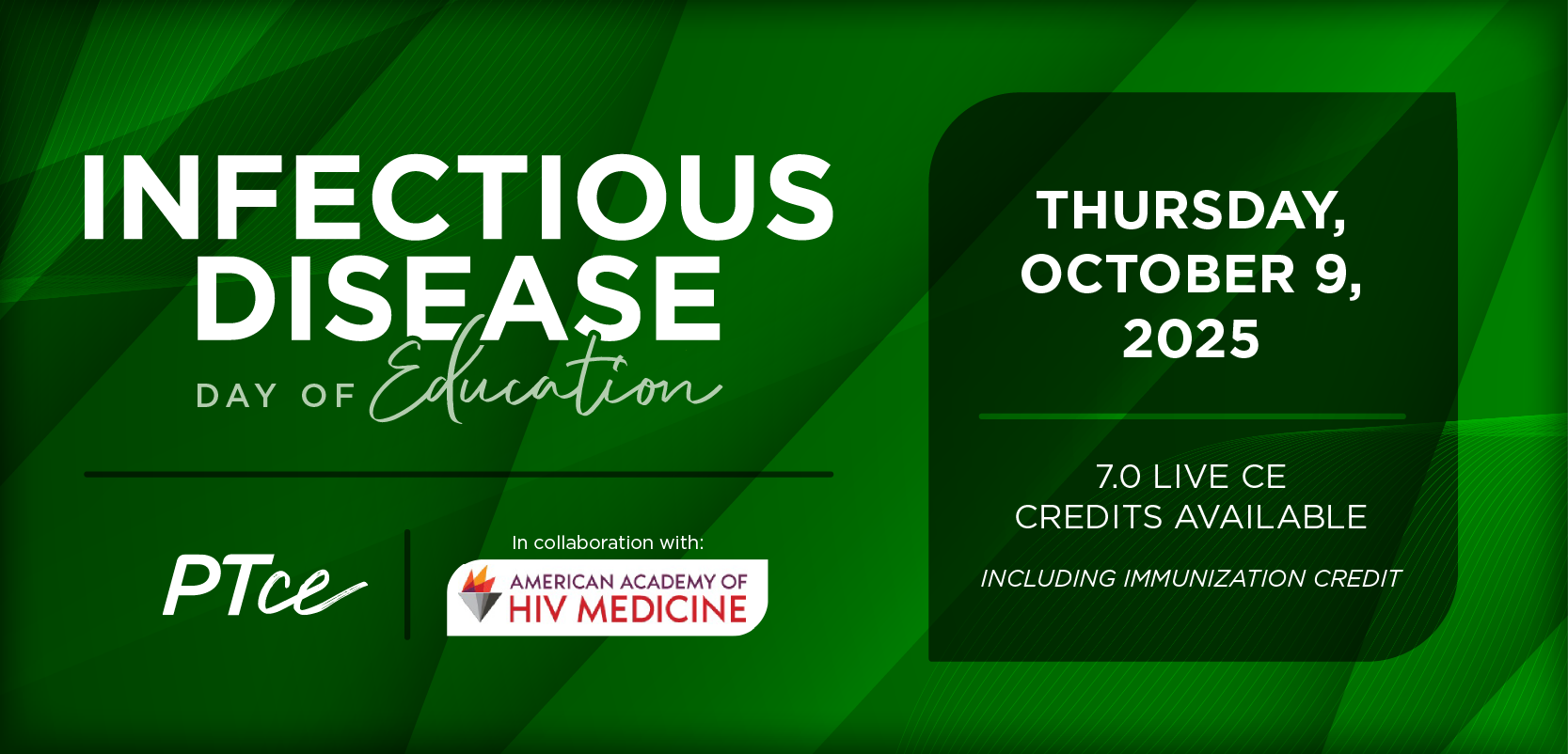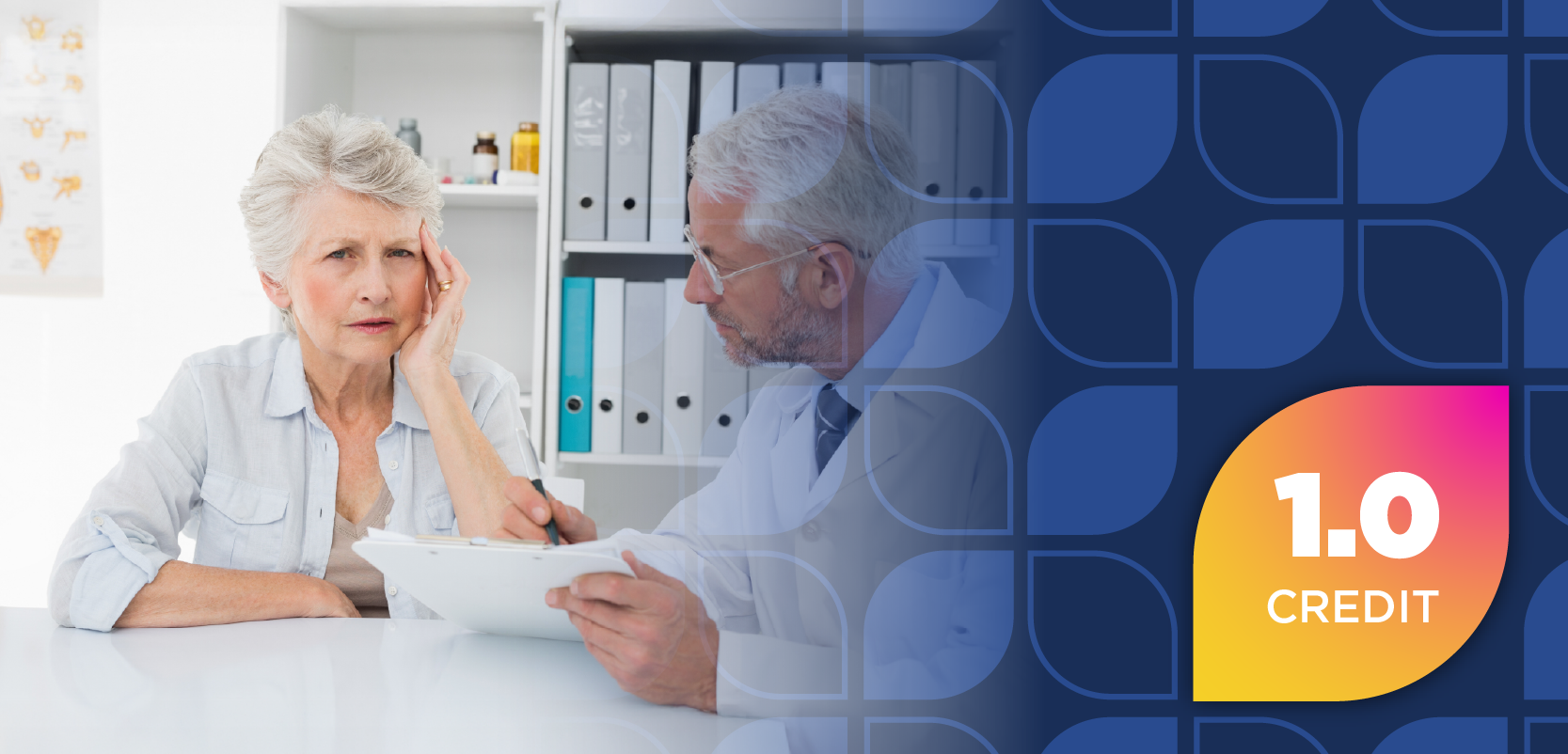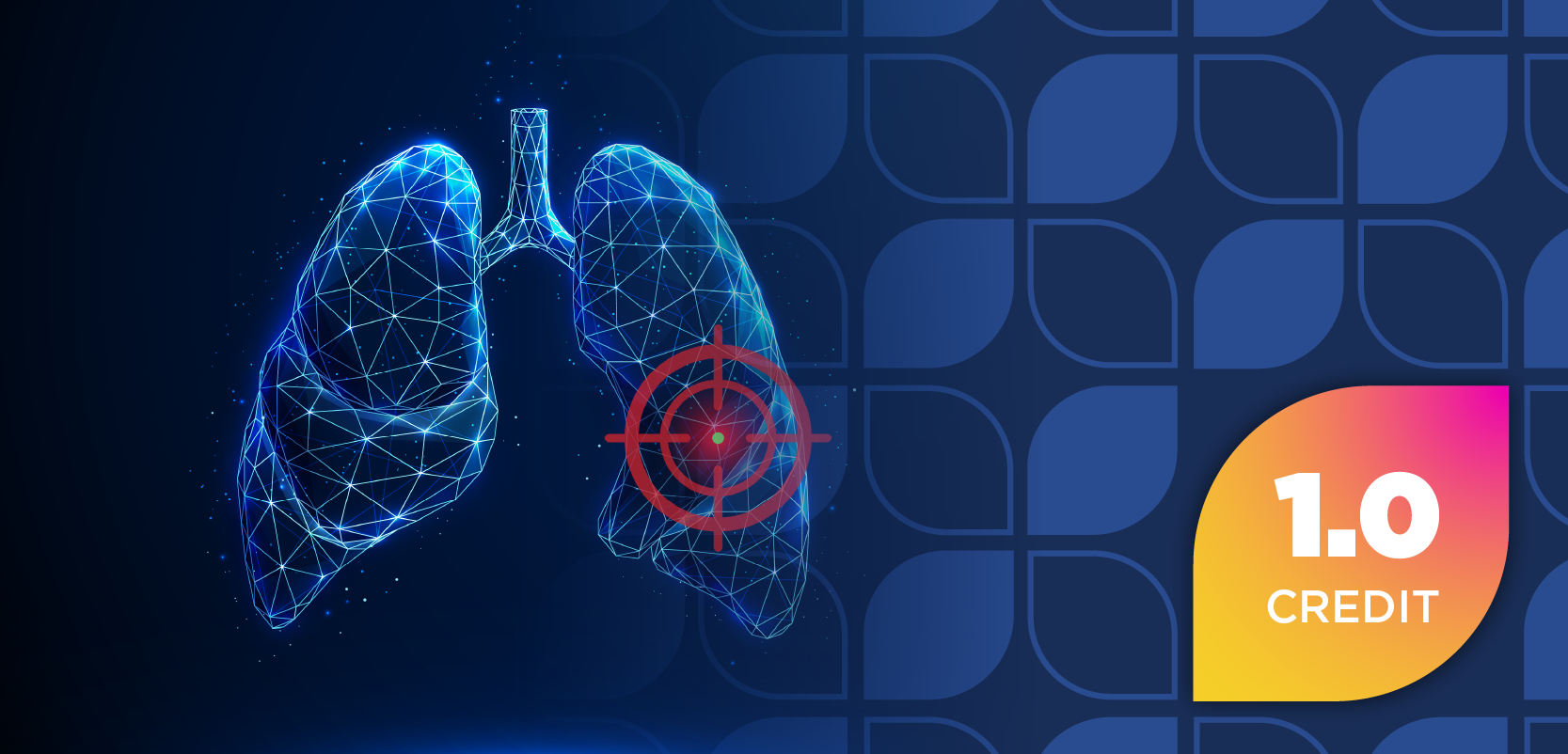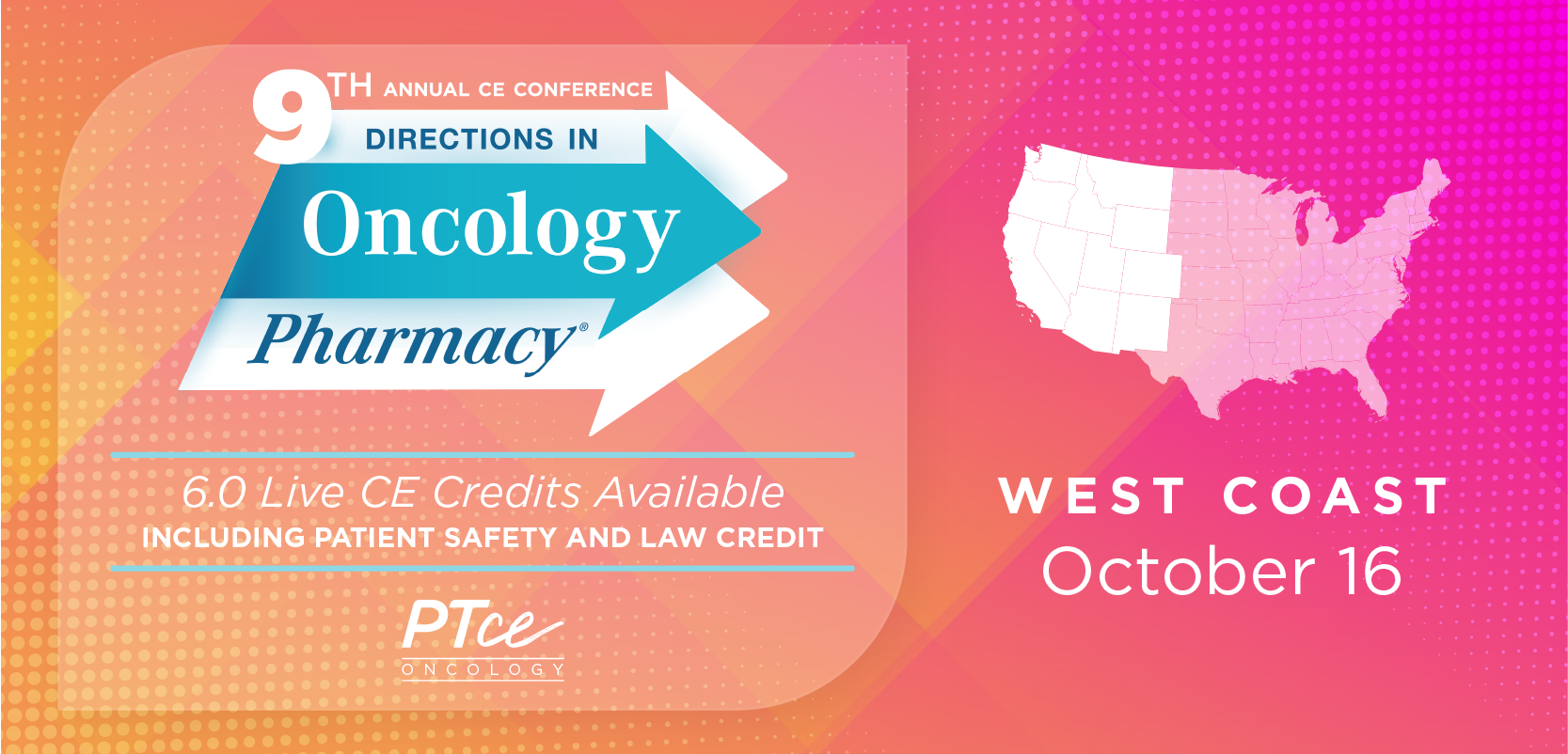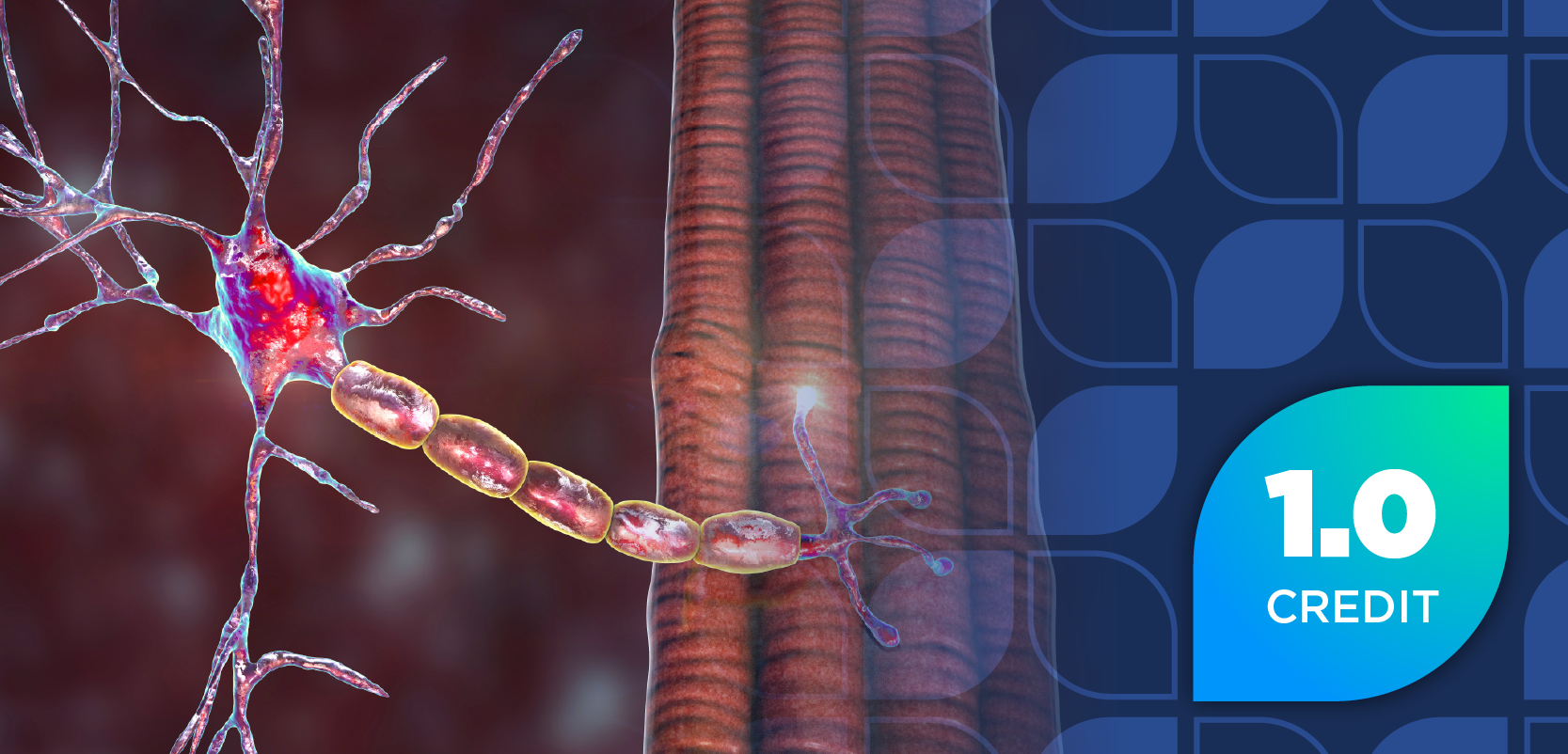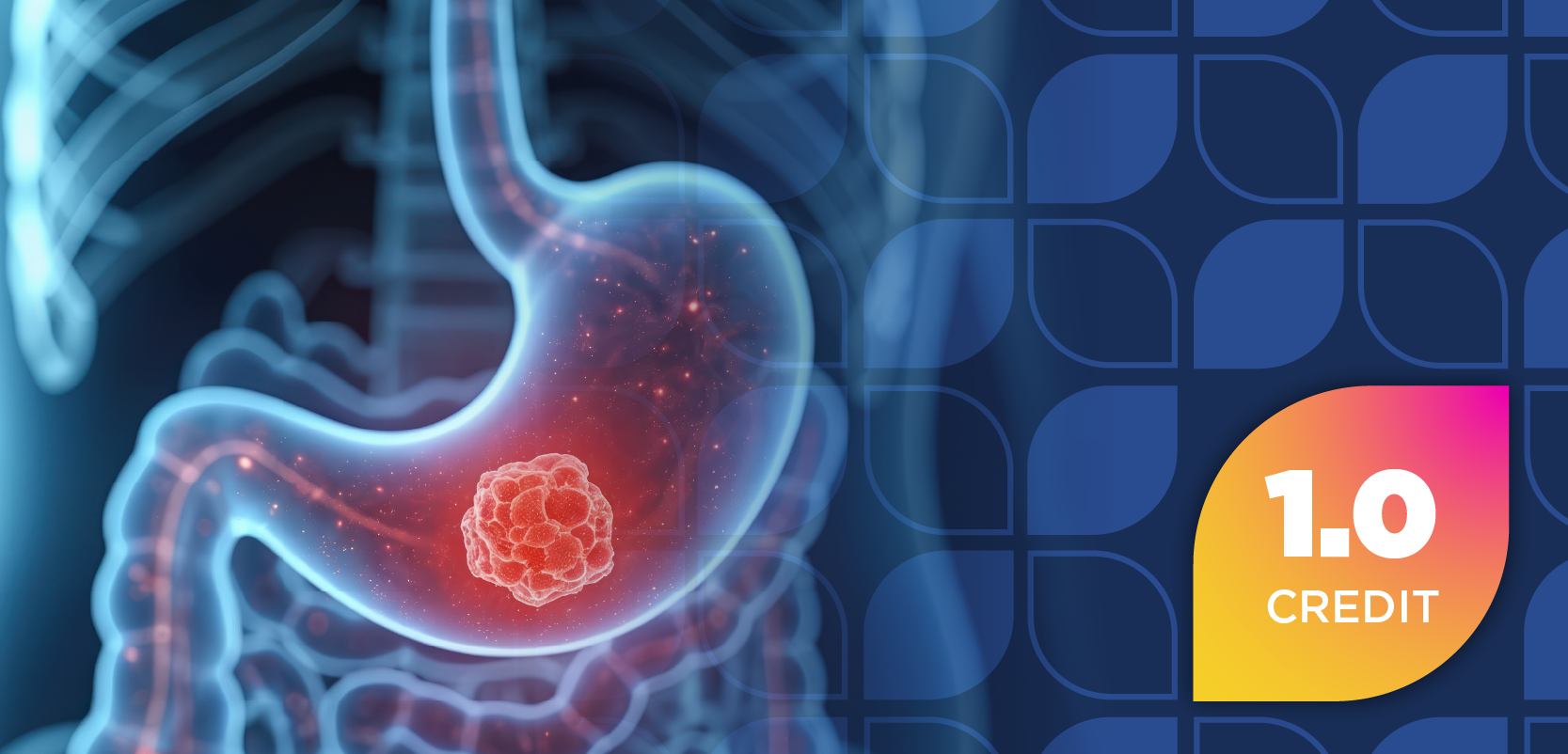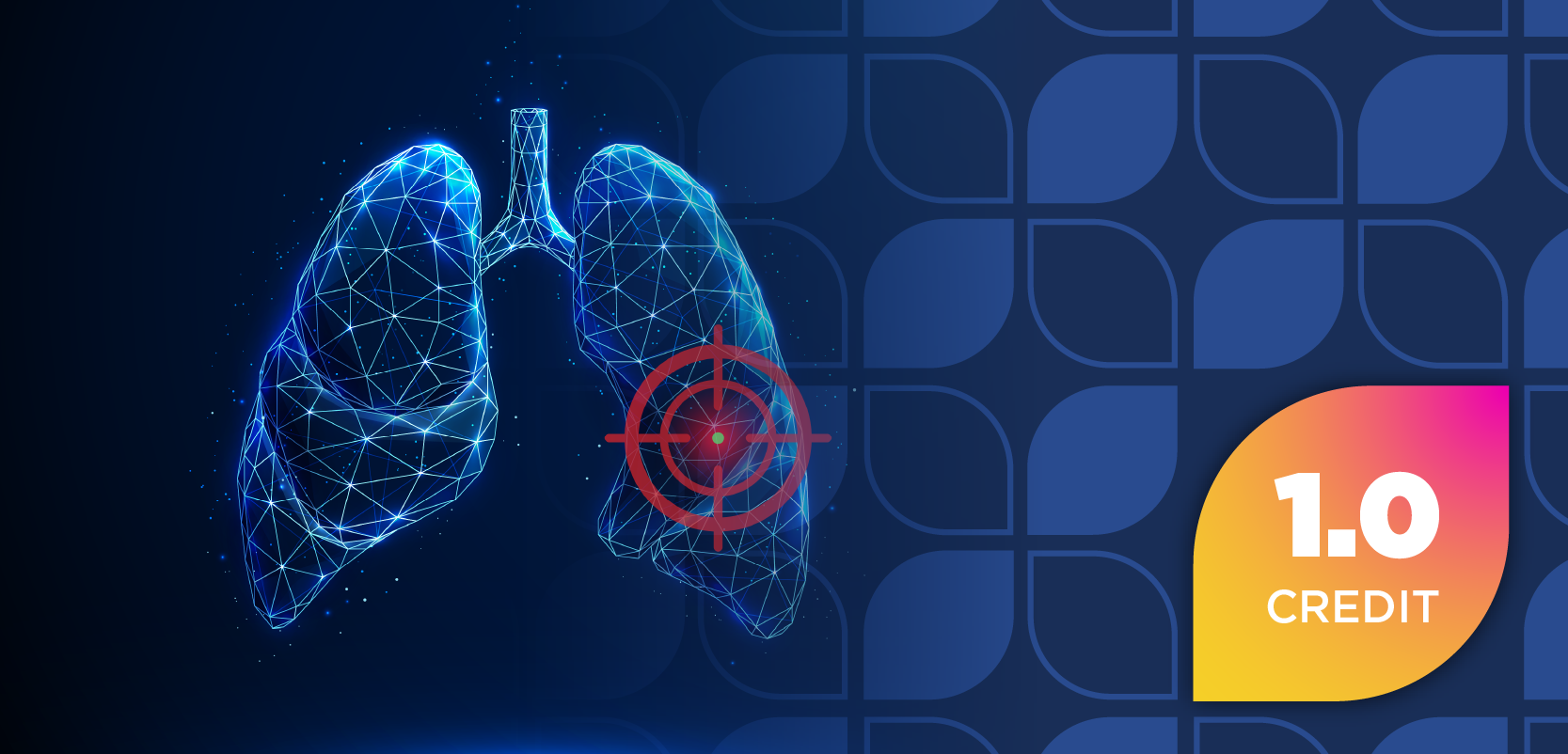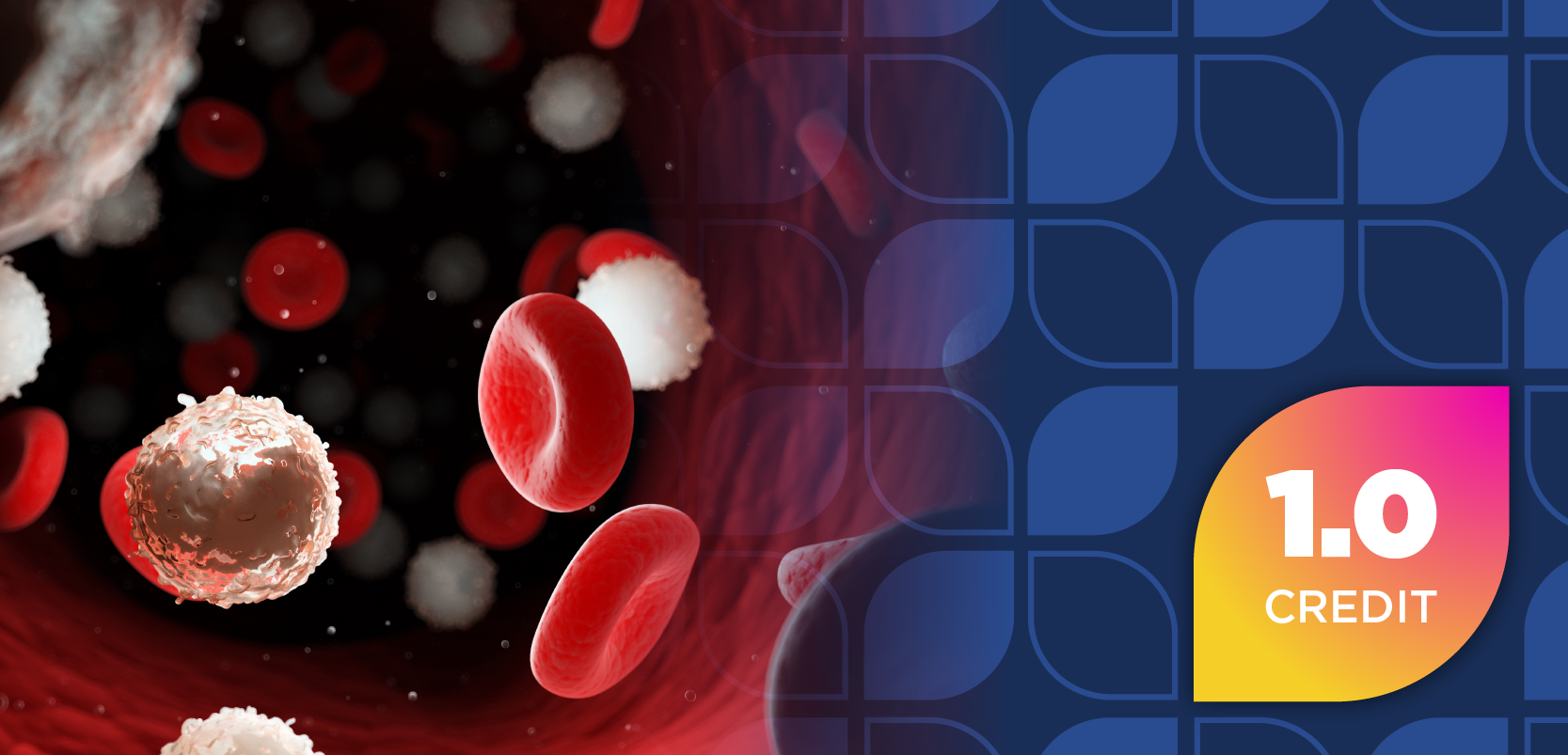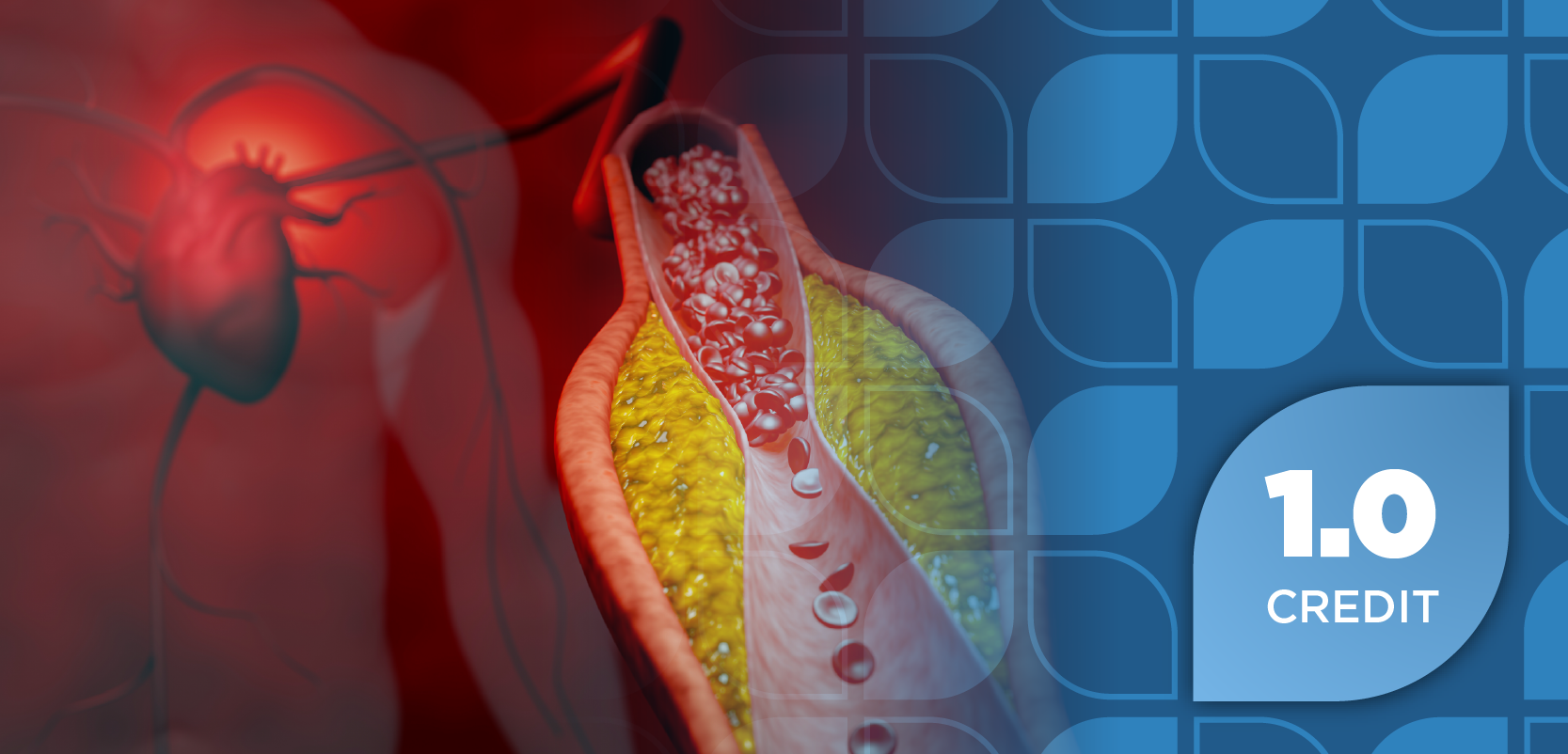
- Volume 0 0
Emergency Contraception: For the Morning After
When used correctly, emergency contraception (EC) is 75% effective and is estimated to prevent 2 million unintended pregnancies and 1 million abortions in the United States each year.1,2 Also known as the morning-after pill, EC works to prevent pregnancy after unprotected intercourse as a result of contraceptive failures, such as a broken condom; lack of contraception altogether; or sexual assault.
With the potential for a dramatic impact on unintended pregnancy rates, why is EC not more prevalent? Despite the use of EC over several decades, many women still are unaware of its indications, safety, efficacy, and availability.3
Mechanisms of Action
Although EC officially debuted in 1974, the use of hormonal steroids as EC has been researched since the 1960s. The 2 accepted regimens in the United States today consist of 2 doses of high-dose hormonal steroids administered orally at a 12-hour interval, with the first dose given up to 120 hours after unprotected intercourse occurs.3
Several mechanisms have been proposed for the efficacy of this regimen: EC is believed to delay or prevent ovulation, cause changes in the endometrium to make it an inhospitable environment for implantation, interfere with the movement or penetration of sperm, and promote regression of the corpus luteum. All 4 mechanisms ultimately prevent either fertilization or implantation, thus preventing pregnancy.3,4
The role of EC often is compared with that of abortion; however, the 2 are not interchangeable and should not be confused. EC works to prevent a pregnancy: when used within 5 days of unprotected intercourse, EC can prevent implantation from occurring. EC cannot end a pregnancy: once implantation has occurred, EC is ineffective. Abortion, however, is used to terminate an existing pregnancy; that is, an abortion is a procedure that is used only after implantation has occurred and a pregnancy has been established.3,4
There are no studies that specifically examine the use of EC during a pregnancy; however, the use of high-dose contraceptives during pregnancy has not been found teratogenic. Although the use of EC or contraceptives during a known pregnancy should not be encouraged, both the provider and the patient can be assured that, if EC was administered to a woman with an unknown existing pregnancy, it is unlikely that harm would occur to the developing embryo.3-5
EC Regimens:Yuzpe and Plan B
In a study by Yuzpe and colleagues done in 1974, 2 Ovral tablets (50 mcg ethinyl estradiol and 0.25 mg levonorgestrel per tablet) were administered as soon as possible after unprotected intercourse, followed by an additional 2 tablets 12 hours later. The study showed efficacy in preventing pregnancy and created the "Yuzpe regimen" of EC. Due to the variable availability of Ovral, comparable regimens with other oral contraceptives have been established as well4 (Table).
Current EC guidelines recommend the administration of Yuzpe regimen EC as soon as possible after unprotected intercourse has occurred. Although the regimen can be given up to 120 hours after unprotected intercourse, it is most efficacious when administered as soon as possible.3
The Yuzpe regimen has been used successfully for years, but its side effects often present a serious drawback. Nausea occurs in ~50% of women using the regimen; ~20% vomit within 2 hours of the dose. Some clinicians recommend premedication with either OTC or prescription antiemetics.2
Levonorgestrel alone (Plan B) offers another EC option. The regimen consists of two 0.75-mg tablets and is dosed as 1 tablet each time taken at a 12-hour interval within 72 hours of unprotected intercourse. Levonorgestrel alone is promoted to have fewer side effects than the Yuzpe regimen?clinical trials showed Plan B to have a significantly lower incidence of nausea and vomiting.2,5 Additionally, Plan B offers a safe alternative for patients unable to use estrogen products.4
Irregular bleeding after EC use has been associated with both the Yuzpe and the levonorgestrel methods. Menses usually occurs 1 week before or after its expected time, and spotting or breakthrough bleeding may occur as well. In most cases, the irregularity resolves over time. Other side effects common to both regimens include breast tenderness, abdominal pain, dizziness, headache, and fatigue. All side effects are short-term.3
EC Availability
The availability of EC has been a recent hot topic. The FDA recently denied the request for OTC status for Plan B. Although EC is still available only by prescription, 7 states (Alaska, California, Hawaii, Maine, New Hampshire, New Mexico, and Washington) have established guidelines to allow EC to be available for direct access from a pharmacy. Patients in these states are able to obtain prescription EC after evaluation by a pharmacist.1 Another state (Massachusetts) is in the process of establishing guidelines.
Only the federal government can change the status of any drug to allow OTC availability, but each state has control over who has prescribing authority. In each of the states with pharmacy-based EC availability, the pharmacists follow protocols to determine whether EC is appropriate for each patient, with specific rules and regulations varying by state. Some states grant the pharmacist prescribing authority for EC, and thus the pharmacist is considered the prescriber. In other states, the pharmacist must establish an agreement with a practitioner with prescribing power in that state.1
Most states have training programs for pharmacists participating in their pharmacy-based EC programs. Additional regulations vary by state and include board approval or notification for the EC protocol and protocol expiration dates.1
Summary
EC offers a safe and effective way to prevent unintended pregnancies. Educating patients and providers about the safety, efficacy, and availability of EC may encourage its appropriate use. Although EC is not available over the counter, some state regulations allow patients to access EC directly from their pharmacy, thus increasing its accessibility in a timely fashion and maximizing its ability to prevent unintended pregnancies.
Dr. Holmberg is a pharmacist with Phoenix Children's Hospital, Phoenix, Ariz.
For a list of references, send a stamped, self-addressed envelope to: References Department, Attn. A. Stahl, Pharmacy Times, 241 Forsgate Drive, Jamesburg, NJ 08831; or send an e-mail request to: astahl@ascendmedia.com.
Articles in this issue
over 19 years ago
can you READ these Rxs?over 19 years ago
case STUDIESover 19 years ago
Compounding HOTLINEover 19 years ago
RESPy AWARDover 19 years ago
Compounding for Prenatal Patientsover 19 years ago
Prescription Monitoring Programsover 19 years ago
Patients Sue the US Government to Allow Drugs from Canadaover 19 years ago
FMEA Can Help Prevent Errorsover 19 years ago
On-line Health Care: Identifying Quality InformationNewsletter
Stay informed on drug updates, treatment guidelines, and pharmacy practice trends—subscribe to Pharmacy Times for weekly clinical insights.

